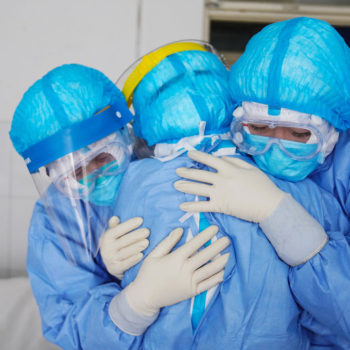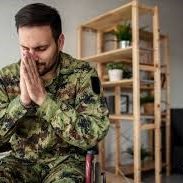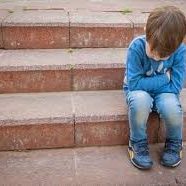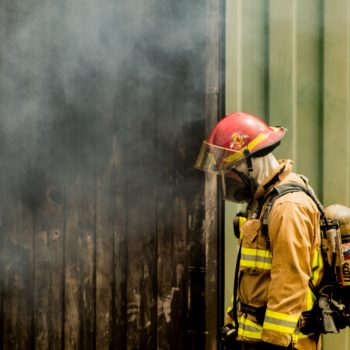Trauma is not always recognizable. Traumatic experiences are highly varied and can negatively impact people in a multitude of ways ranging from highly symptomatic causing difficulty in everyday functioning, to less recognizable symptoms such as anxiety, depression, anger, sleep difficulties, missing memory, relationship issues and more. Trauma has many different faces. It may be childhood experiences, physical, sexual, or psychological abuse at any point in one’s life. It can be related to a natural disaster, car accident, combat-related experiences, or many other causes. Trauma can result vicariously as well (witnessing traumatic events). For example, witnessing violence in the workplace (firefighter, police officer or in the medical field) to mention a few.
Goals in treating trauma include:
- Calming the nervous system and to move from living with a nervous system that is in sympathetic dominance (flight-fight-freeze) and move into Parasympathetic nervous system dominance (calm and balance).
- Teaching self-soothing, calming, and grounding skills clients use in session and on their own to release, relax and restore the mind and body.
- Bringing forth the disturbing memory, fear(s) or worries and pair with a relaxed body.
- Reintegrating the memory, fears or worries so that the physiological (symptom) responses are extinguished and there is a new relationship, a rewiring and meaning of the problematic issues.




